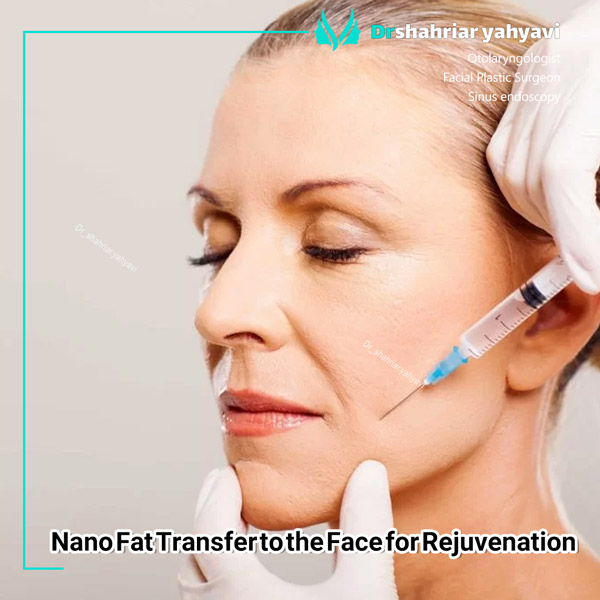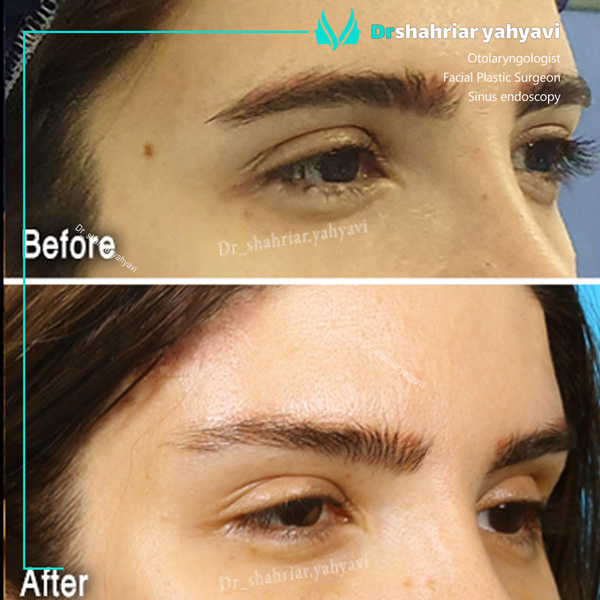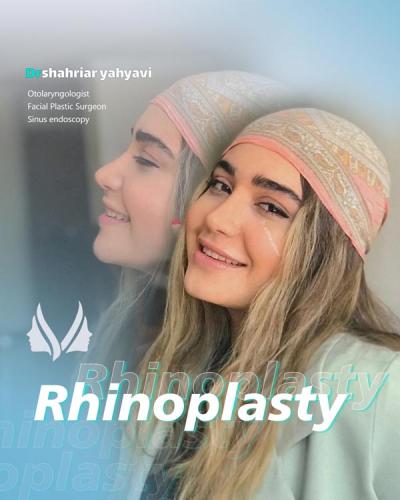Anesthesia for rhinoplasty is something that some candidates for this cosmetic procedure are nervous about. Trying to understand what anesthesia is used for and getting useful information in this regard can be helpful in coping with the fear of this part of the procedure. Depending on the complexity of the nose surgery, different levels of anesthesia are used to perform the rhinoplasty. There are various options of anesthesia to perform the nose cosmetic surgery and they influence the cost of the procedure, too.

Your surgeon and anesthetist will select the appropriate type of anesthesia for rhinoplasty and during the consultation session, your specialist will inform you about the selected option that is suitable for your case. When the nose job procedure is complicated, the surgery will be always done under general anesthesia.
Local anesthesia is another option that can be used for performing nose surgeries that are not very complicated. Local anesthesia can be done with or without sedation. Sedation is used to help the patient feel more comfortable during the procedure. When local anesthesia is applied to the nose, less amount of bleeding will be experienced during surgery. Typically, this will be topical adrenaline and injected lignocaine mixed with adrenaline.
What Type of Anesthesia Is Best for Rhinoplasty?
Anesthesia is a very important factor that a good plastic surgeon focuses on once he makes a decision on nose surgery. Over the past decades, methods of anesthesia have improved considerably and they have been safe, but there is always a small amount of risk. Safety has always been the main concern for considerate rhinoplasty surgeons, consequently, they always do their best when choosing the right type of anesthesia for rhinoplasty. Although there are various anesthesia options available your surgeon always discusses different anesthesia techniques to select the best one that is proper for your case. The type of anesthesia that will be applied to do the procedure is crucial for rhinoplasty surgeon .
Some of the advantages and disadvantages of each anesthesia option are as follows:
General Anesthesia for Rhinoplasty Surgery
General anesthesia is an option in which the patient is completely asleep and not aware of any surroundings. In this procedure, a tube is placed in the patient’s throat. This tube is connected to an anesthesia machine and is used to control the breathing of the patient. During the time that the patient is not awake, the anesthesiologist monitors the patient’s vital signs such as heart rate, heart rhythm, blood oxygen level, blood pressure, etc. A skilled anesthesiologist uses the information about the vital signs of the patient to determine which inhalation gases and intravenous medications to use for the patient.
General anesthesia is a safe method when it is done under the control of an experienced anesthesiologist, but many patients prefer to stay away because of the fear of it and prefer less invasive options instead. Since most surgeons use general anesthesia for rhinoplasty surgery, the experience of the surgeon plays a very important role in helping patients to feel more comfortable when the choice for anesthesia is general. This type of anesthesia provides a complete patient comfort and is a painless procedure. After the surgery, the patient has no memory of the procedure and do not remember anything of what happened in the operation room. Besides, since body system of the patient is under the full control by anesthesiologist, there will not be any threatening danger for the patient’s health.
To talk about the disadvantages of general anesthesia it can be said that it is the most invasive option of anesthesia and during the procedure, the patient cannot talk at all. Some patients experience post-operative nausea and vomiting that is associated with general anesthesia. sometimes complications with lung are possible. Delayed regaining conscious from anesthesia is another disadvantage of this procedure. Some patients experience prolonged hang-over feeling that will resolve after a short time.
Local Anesthesia for Rhinoplasty
In local anesthesia the outer and inner portions of the nose are numbed with topical anesthesia and a mixture of Lidocaine and epinephrine. The patient may feel moderate pain during the procedure. Lidocaine injection into the nose will cause the region is entirely numb, so the patient will not feel any pain and the procedure will be performed painlessly. As mentioned before, some patients are nervous about anesthesia before the surgery, so surgeon give relaxing medications to the patient, either orally or by injection to help him/her feel more comfortable during the procedure. In this type of anesthesia, administration of drugs is minimal, so the patient will not experience post-operative nausea and vomiting. Besides, the recovery time is not as long as the general anesthesia.
This type of anesthesia has some disadvantages. As an example, patient will feel Lidocaine needle sticks. For major nose job procedures that are very complex, this option can not be considered as a good one.
the Right Anesthesia for Rhinoplasty surgery
During the consultation session your surgeon will have a detailed discussion with you about the right anesthesia for your case and will suggest the best recommendation and diagnose the most proper for the patient’s case based on his/her experience. Then, s/he determines whether this is what you want or not. Your operative plan is the most important determining item to judge about the right anesthesia for the patient.
The Risks of Nausea and Vomiting after rhinoplasty
Some patients experience nausea and vomiting as a common side effect from surgery that is mostly due to the effects of anesthesia. Some feelings such as dizziness and light-headedness may also be experienced.
One of the easiest ways to reduce nausea and vomiting is by avoiding eating or drinking 8 hours before the procedure. Your surgeon recommends you to have light food and drink during the few hours after the procedure to avoid your congestion system disturb.






